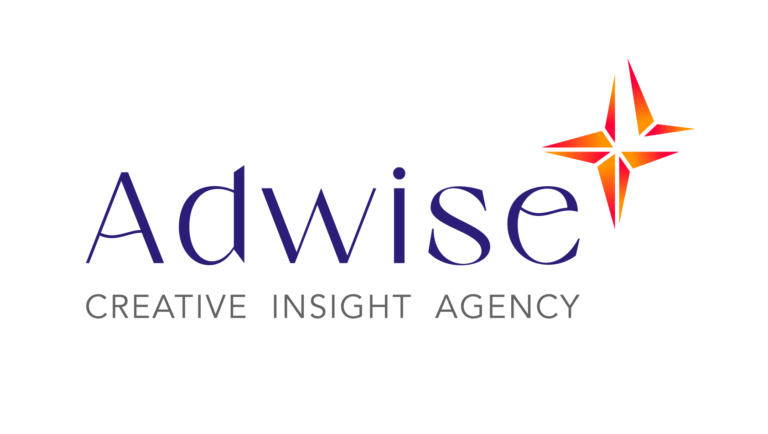Figures circulate at a frightening speed on today's social media, all the more so as they make for sumptuous infographics: in other words, figures make the buzz.
Then there's the question of their relevance: when a magnificent diagram aggregates figures from multiple sources, the latter very quickly disappear behind the curator, and all the more quickly as the latter enjoys a certain authority ... i.e. a large number of readers, since that's how authority is defined on the social Web, a very poor guarantee if ever there was one!
But how were all these figures collected, and what methodological approaches were used?
There are the polls that the media carry out among their readership, so easy to read on the web: "Do you think connected objects will change your daily life?"; "Are you going to buy the new iPhone?"; and "Do you think your job will still exist in 20 years' time?
The results should obviously be taken with a grain of salt! A great deal of caution.
Then there are those carried out on 'panels' of internet users recruited on a 'ladle' basis, particularly in B2B: you send them to your address book, complete them with your social media contacts, and finish with your friends' friends... I'm hardly struggling. As most people who read these figures don't have any point of reference, it's very easy to get by.
These figures can then be found just about anywhere - and even on the desks of the chairmen of prestigious companies: all it takes is for a consultant from a major consultancy to use them to support a weak business case, and then there's no longer any question of the field, its recovery (but in any case, such samples are irredeemable), etc. The CEO will use them to show the Marketing Director that he knows his market better, and the latter will happily throw them at his Research Director. The CEO will use them to show the Marketing Director that he knows his market better than he does, and the latter will happily throw them at the head of his Research Director.
Figures like these are worthless, but as they are free...
Faced with this overdose of data, which the rise of Big Data is not going to improve, how should we react?
Simply use a little common sense and only use figures from reliable sources: institutes that adhere to the ethics of organisations such as Syntec, Adetem and Esomar certainly offer better guarantees than 'in-house' surveys.
And above all, by checking the methodologies and data collection methods used: even if perfection doesn't exist, quality does.
François Laurent, Blogger @ ConsumerInsight




